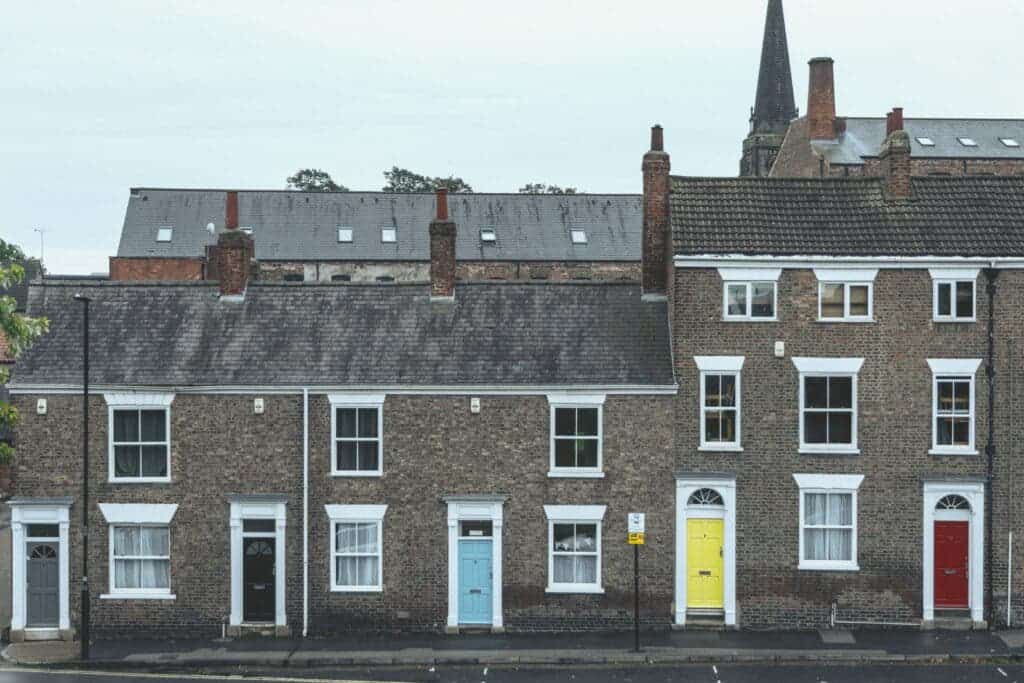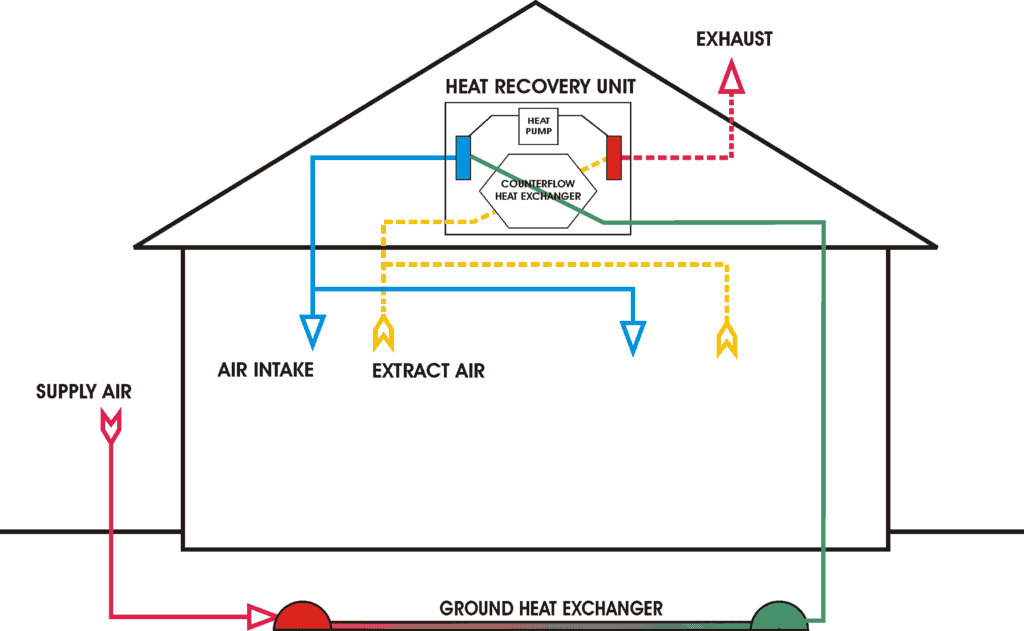
Poorly constructed housing can seriously affect people’s health and wellbeing. And with the UK having some of the oldest buildings in Europe, that’s a lot of housing not fit for purpose.
Almost 2.5 million families in the UK live in poor housing conditions and suffer from fuel poverty. This means they are unable to maintain a reasonable temperature in their homes due to low income.
Most of the housing in the UK dates back to before the 1990s when energy efficiency design was not regulated. This not only has a huge impact on people’s health – the NHS spends £1.4 billion each year treating people affected by poor housing – but it also affects our natural environment and biodiversity.
According to the Climate Change Committee, which advises the UK government on climate change matters, around a quarter of the UK’s total greenhouse gas emissions come from the energy we use for heating, lighting or running appliances in our homes, public buildings or workplaces – and energy used in our homes is the most significant source. Indeed, out of the existing 29 million homes in the UK, at the moment only eight million homes meet the highest energy standards.
This is in part why the UK government has recently announced a new plan to make buildings greener and reach the net-zero target by 2050, which aims to eliminate all harmful emissions from the atmosphere.
Heat pumps and new builds
One solution proposed in the government’s new plan is to install 600,000 heat pumps by 2028. Heat pumps are similar to air conditioning units but they transfer and circulate energy from a source of heat – such as air, ground or water – through a compressor and into our homes.

They can be a good way to improve energy efficiency for some homes, but they require significant investment (from the government or homeowner) and the installation process can be disruptive and time-consuming. And while 600,000 may sound like a decent amount, this figure actually falls short of previous suggestions made by the UK Energy Research Centre.
Another proposal is to increase the energy efficiency standards for all new buildings by 2025. This is to ensure that the design is right from the start, rather than insulating walls and installing heat pumps later. Homes built to the Future Homes Standard will be “zero-carbon ready” and will have 75–80% lower carbon dioxide emissions than those built to current standards.
But while these plans might be step forward on the way to improving the UK’s housing, the solutions don’t go far enough. In fact, the government would do well to look further afield to how other countries have creatively “greened” up their housing.
How it’s done elsewhere
In the Netherlands for example, the government is improving the energy efficiency of its existing buildings through a new technology called Energiesprong, initially funded by the government. The technology helps refurbish houses to high levels of energy efficiency in less than ten days using wall and window insulation, solar roofs and smart heating systems. The approach leads to fewer emissions, but also less waste, as most of the components are prefabricated, which also allows for quick assembly.

Other examples are Austria and Italy, both of which have promoted the use of technology and sustainable solutions to pilot innovative house refurbishment at a city level. In five years, two pilot cities – Innsbruck in Austria and Bolzano in Italy – successfully reduced household energy by 40%-50% and emissions by 30%.
All of these schemes involved system-wide change and close collaboration between housebuilders, utility companies, homeowners and local government. This collaboration is important, indeed some of our own research on shifting to a zero-waste economy emphasizes the key role governments play in supporting the uptake of innovative technologies for extending a building’s life – as well as encouraging the reuse of sustainable materials and reduction of construction waste.
This is why the UK government needs to focus on developing strong collaborations and long-term schemes for housebuilders, rather than shorter ones that often discourage engagement.
A system rethink
According to a report from the House of Commons, greener and more energy-efficient buildings could see most people’s energy bills slashed by £270 a year. It would also help to make the air we breathe cleaner. At the same time it would release undue pressure on the NHS and allow people to live more comfortably in their homes.
Just as importantly, the retrofit work required to make our homes more energy efficient would create up to 50,000 jobs by 2030 – all of which is to be welcomed in the current climate. But if the government truly wants to “build back better” and reach the net-zero ambition, it must look at the problem from a system-wide perspective rather than passing the buck down to homeowners or housebuilders.
Sankar Sivarajah, Head of School of Management and Professor of Technology Management and Circular Economy, University of Bradford
This article is republished from The Conversation under a Creative Commons license. Read the original article.


